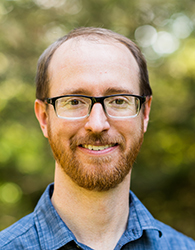MIT Kavli Institute
and MIT Department of Physics
Cambridge, MA 02139
email : iancross@mit.edu
Ian J. M. Crossfield
Recent Results:
2018 Jun: Surveys for new planets using the transit and radial velocity techniques reveal the high frequency with which small, short-period planets occur around main sequence stars. However, only a few of these smaller planets can be easily observed to characterize their atmospheres or masses. Our team continues its rapid-response planet survey using Kepler/K2 by providing lists of planet candidates within a month of data downlink from each of K2's forward-facing campaigns. These include dozens of planet candidates in both Campaigns 16 and 17, which you can read about here and here.About Me:
I am an Assistant Professor of Physics working at MIT in the MIT Kavli Institute and Department of Physics. My interests lie in exoplanet formation, composition, detection, and characterization, and the development of instrumentation to further those pursuits. I am currently studying extrasolar planets using both photometry and high-resolution spectroscopy from the ground and space. I have worked for one year at in the UC Santa Cruz Astronomy Department, for two years at UA's Lunar and Planetary Laboratory in Tucson, for two years at the MPIA in Heidelberg, Germany and for three years at the Jet Propulsion Laboratory. I received my doctorate from UCLA. I also maintain an online repository of useful Python computing tools (which I need to move to GitHub).

IJMC
Publications, Proceedings, and Talks
Curriculum Vitae
Travel
Contact Information:
Ian J. M. Crossfield
Astronomy and Astrophysics Department
MIT Kavli Institute, Office 37-611
77 Massachusetts Ave
Cambridge, MA 02139